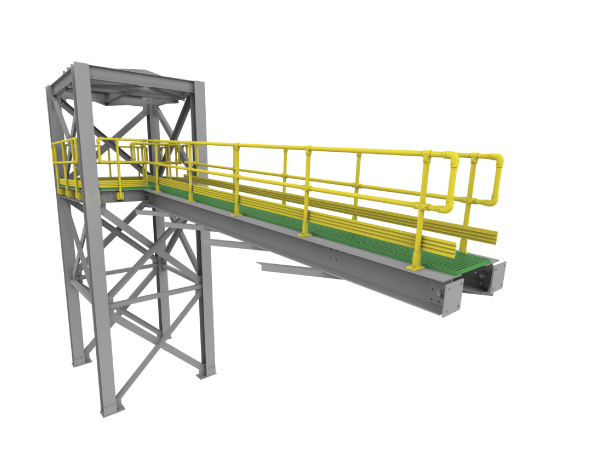Starting from wood to cement, iron, steel, and
aluminium, there are a series of materials that have been used for construction
over the years. In the present times, fibre-reinforced plastic (FRP), also
known as fibreglass has become a favourite of the manufactures. Now let us move
on to explore the ways by which the said composite is made and the varied
advantageous features that have allow it to acquire widespread applications in
industrial, commercial, and residential sectors.
Pultrusion is perhaps the most popular process
through which FRP is produced even though there many other options available. The
raw filaments of fibres are first placed properly inside a crack or reel and
then pulled for prolonged periods before being transferred to a resin bath. After
some time, the excess resin is removed and the material is properly dried as
well as cut into different sections so that they could be easily distributed in
the market for sale.
There are many benefits of
FRP that consumers should be aware of prior to purchasing putting it
to use. Well, some of the major ones are mentioned below in brief:
- FRP is one of those few composite materials that could be easily fabricated. There is no need to invest in complex and expensive paraphernalia as simple carpentry tools would be enough.
- FRP is extremely light in weight due to which all the products made out of it could be carried from one place to another and installed without any sort of extra effort.
- Inspite of being light-weighted, FRP is known for having high tensile and flexural strengths. It can easily endure extreme pressure, heavy loads, and all kinds of adverse weather conditions.
- FRP has a series of amazing resistant properties. All structures made out of it would not suffer from any kind of damage even when exposed to heat, fire, caustic chemicals and insect infestation.
- Owing to low conductivity, high dielectric capabilities, and immense traction, FRP stands to be exceptionally safe for the users and is hence used in many important domains like public infrastructure, food & beverage, power stations, sewage treatment plants, aviation, petrochemicals, marine, etc.
- All the access systems made from FRP such as handrails, nosing, railings, handles, beams, etc. are extremely durable in nature. It is due to this reason that they can hold on to their brand-new lustre as well as functionality even with little or no maintenance.
- Finally, yet importantly, FRP is highly a cost-effective material. It is found in the market at an extremely reasonable price.
The aspects stated above make fibre-reinforced plastic (FRP) or fibreglass the best material that could be ever used for construction.







